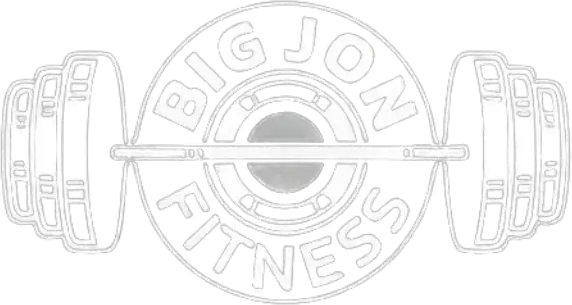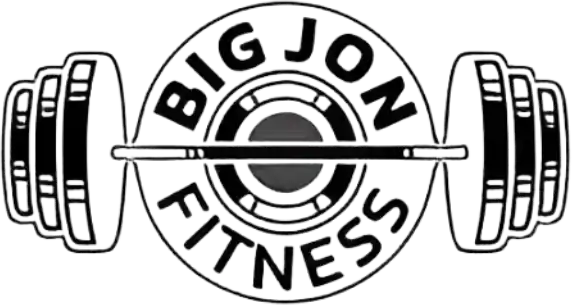The key principles to understand about nutrition.
There is an abundance of information out there about how to diet and what type of diet approach you should take to reach your weight loss/body-fat reduction goals. The problem is, every diet plan ever created worked for someone, otherwise we would never hear about it. Remember, all diets consist of macros or protein, carbohydrates, and fats in some combination. Let’s look at the very basics and what I look at when creating a meal plan.
- PROTEIN: Protein is key to recovery and repair of tissue (muscle). In general, protein often does not change over the course of a program. Protein accounts for 4 calories per gram. If you eat 150 grams of protein in a day, you have consumed 600 calories.
- CARBOHYDRATES: Carbohydrates are the body’s preferred energy source. This is our ideal form of energy to fuel performance related training goals. For someone who is interested in building muscle, an athlete focused on performing to their best athletically, or an endurance athlete then the focus nutritionally is going to be carbohydrate intake to fuel performance. Carbohydrates are also easier to diet on for most as far as mental sanity. However, an individual’s insulin sensitivity, as in insulin resistance vs insulin sensitive, is going to dictate the odds of that individual being able to successfully lose weight or reduce body-fat on a primarily carbohydrate-based diet. Most often, when I create a starting meal plan, I am going to use carbohydrates to increase someone’s metabolism rate. Many times, someone has been already dieting on lower calories or simply doesn’t eat enough calories in general throughout the day; therefore, the need initially is to allow the muscle to have more carbohydrates to increase their metabolism in which most of times this will result in that person seeing a reduction in body-fat and lose some water weight without cutting calories. Carbohydrates account for 4 calories per gram (same as protein).
- FATS: Fats are the body’s secondary fuel source. It is not body’s preferred fuel source; therefore, if glycogen (carbs) are available to be used for energy then the body is going to use glycogen before using fats. This is why most people have to reduce carbohydrates in some amount in order to get the body into more of a fat burning zone to see progress. This does not mean that all carbohydrates have to be removed (again this depends on an individual’s insulin sensitivity level) in order to get into a fat burning zone; therefore, generally you will see a gradual carb reduction throughout the course of a program. Once carbs start to get on the lower end, then you will start to see an increase in fat intake as this is needed to replace the primary fuel source (carbs) with our secondary fuel source (fats) and this will allow us to protect muscle tissue which helps us avoid using proteins for energy (muscle loss) and keeps our metabolism burning so we can continue seeing results. Fats account for 9 calories per gram (double of protein and carbs).
This is not everything that goes into creating plans and adjusting meal plans. Hopefully this gives some insight of the theory behind what I am looking at when creating plans and adjusting carbohydrates and fats.












